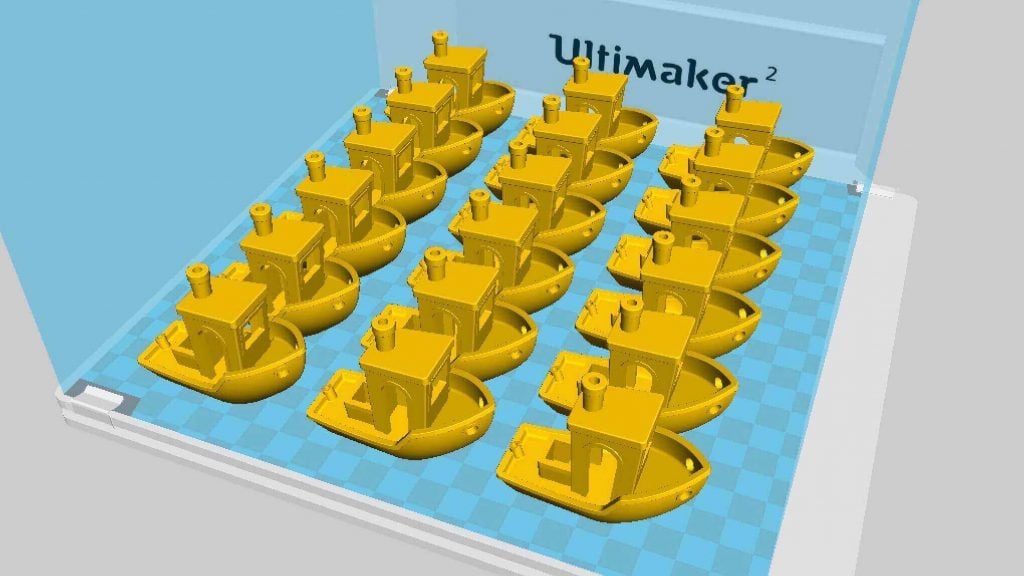
The lesions of 16 patients were located accurately before operation and found quickly during operation. A total of 16 patients with complete datum were collected, including 5 males and 11 females, aged 46–76 years, including 6 brain tumors, 2 cavernous hemangioma, 7 hydrocephalus and 1 chronic subdural hematoma. Collect the datum of preoperative MRI + enhancement or head and neck CTA and brain thin-layer CT in the format of DICOM, the three-dimensional pictures reconstructed by 3D slicer before operation, and the datum of 3D positioning guide plate designed and printed before operation. The inclusion criteria were patients who used 3D slicer reconstruction up the tentorium cerebellum, located through 3D printing guide plate before operation and used neuroendoscopic minimally invasive surgery during operation, including brain tumor, hydrocephalus, cavernous hemangioma, and chronic subdural hematoma. In this study, the datum of neurosurgery patients in our hospital of from October 2021 to February 2022 were collected. Based on skillfully using 3D-Slicer combined with Sina/MosoCam preoperative planning technology, the neurosurgery department of our hospital has newly developed 3D printing technology for preoperative planning and has accumulated some experience in computer-aided medical imaging technology. It can significantly reduce the surgical trauma and neurological side injury, improve the efficiency and safety of the operation, and reduce the incidence of various complications. During the operation, transcranial neuroendoscopic minimally invasive surgery is used to clearly show the relationship between the lesions and normal brain tissue, nerves, blood vessels and other structures. In this clinical study, through 3D-Slicer preoperative reconstruction of intracranial lesions and accurate preoperative positioning with 3D printing guide, the intracranial lesions can be accurately located, and the most reasonable surgical approach can be planned without intraoperative neuronavigational system. In recent years, the creative use of transcranial neuroendoscopic in the operations of intracerebral hemorrhage, intracranial tumors, intracranial aneurysms, arteriovenous malformations, and trigeminal/facial nerve microvascular decompression has brought the minimally invasive surgery of neurosurgery to a new level 2, 3, 4, 5, 6.
#3D SLICER SOFTWARE SOFTWARE#
Computer aided medical image processing software (3D-Slicer, ITK-SNAP, etc.) combined with 3D printing technology can truly restore the shape and location of intracranial lesions, which is not only of great help to anatomy-based neurosurgery, but also can accurately locate intracranial lesions through 3D printing guide 1, effectively avoiding unnecessary nerve damage. Its main goal is to remove the lesion to the greatest extent, reduce complications and do not cause new neurological dysfunction. With the progress of medical science and technology and the development of minimally invasive concept, neurosurgery is also developing towards precision and minimally invasive. It is suitable for promotion in neurosurgery and other surgical departments of all medical institutions. It is considered to be a practical technology that is feasible, reliable, convenient for diagnosis, preoperative planning and minimally invasive surgery. The technology of 3D-Slicer + 3D printing guide plate combined with transcranial neuroendoscopic is not difficult, which has many advantages such as inexpensive equipment, simple operation, easy learning, accurate positioning, and minimally invasive surgery. Postoperative imaging datum confirmed that the lesions was removed fully, and the ventricular end of shunt tube was in good position.

The lesions of the 16 patients were located accurately before operation and the target areas were reached quickly during operation.

We collected the case datum of 16 patients who underwent craniocerebral surgery with 3D-Slicer + 3D printing guide combined with transcranial neuroendoscopic, including 5 males and 11 females, aged 46–76 years, including 6 brain tumors (3 meningiomas, 1 glioblastoma, 2 lung cancer brain metastases), 2 cavernous hemangioma, 7 hydrocephalus and 1 chronic subdural hematoma. By collecting the datum of patients who underwent craniotomy under 3D-Slicer + 3D printing guide plate positioning combined with transcranial neuroendoscopic in our hospital from October 2021 to February 2022, this paper introduces the accurate planning and positioning lesions of patients before operation and the minimally invasive operation of intraoperative neuroendoscopic and analyses clinical data such as lesion size and surgical bone window size.


To explore the clinical advantages of 3D-Slicer + 3D printing guide combined with transcranial neuroendoscopic in minimally invasive neurosurgery.


 0 kommentar(er)
0 kommentar(er)
